It’s revolutionary for physicians since it makes complex conditions more understandable than they are while using traditional methods.
The diagnosis and treatment of patients in the healthcare system have changed significantly as a result of technological advancements. Through the application of gaming technology such as Augmented Reality (AR) and Virtual Reality (VR), a hospital in Kochi, Kerala is working to improve illness detection across the nation. The recently launched technology may advance India’s standing in the world of healthcare.

Leading an Extended Reality (XR) supported healthcare ecosystem, Dr. Mahesh Kappanayil is a paediatric cardiologist at Amrita Hospital in Kochi. He uses Augmented Reality (AR), Virtual Reality (VR), and Mixed Reality (MR) to improve patient care, medical education, and research.
One hundred Fifty people have already received therapy with this technique.
EXTENDED REALITY: WHAT IS IT?
Virtual reality (VR), Augmented reality (AR) and mixed reality (MR) are categorised and referred to as extended reality (XR). It encourages interaction between the real and virtual worlds and gives the user an immersive experience with digital visuals.

Virtual reality (VR) immerses people in a fully virtualized world through a fully immersive, computer-generated environment. In order to improve the user’s sensation of presence, this usually entails donning a VR headset that fills their field of vision and frequently incorporates spatial audio.
Augmented Reality (AR): AR superimposes digital data over the physical world, such as pictures, movies, or three-dimensional models. Augmented Reality (AR) is commonly accessed through smartphones, tablets, or AR glasses, which enable users to engage with the virtual and physical worlds concurrently.
In mixed reality (MR), digital material is superimposed on top of the actual world and may interact with and react to it. MR is an amalgam of virtual reality and augmented reality. The digital and physical domains become more smoothly integrated as a result.
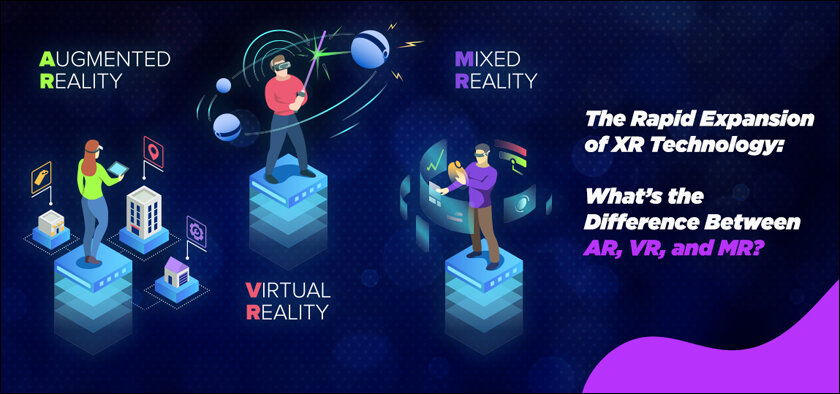
Applications for XR technology are numerous and include gaming, education, healthcare, architecture, and other areas. By connecting the real and virtual worlds, they provide chances for immersive experiences, improved training, and creative solutions in a range of sectors.
Computers produce holograms in the air by scanning two-dimensional pictures, giving medical professionals a good view of the anatomy of their patients.
In order to better comprehend complicated heart diseases, Dr. Kappanayil, who assisted in establishing the first paediatric cardiac MRI facility in India at Amrita Hospital, revealed that he introduced this technology to the hospital with the use of virtual gaming techniques.
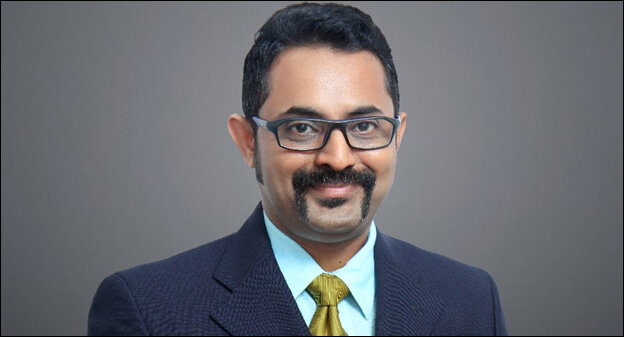
“Using the same principles of gaming where computer graphics are used to create virtual environments, we tried to bring the 3D prints of the medical images into this environment so that doctors can visualise it in a very immersive way,” Dr Kappanayil told to IndiaToday Interview on 16th June 2023.
ADVANTAGES OF EXTENDED REALITY IN HEALTHCARE
According to Dr. Kappanayil, virtual reality and 3D printing-which allows MRI images to become tangible objects-are both revolutionary advances in technology.
“The basis for treatment is a diagnosis. It’s revolutionary for physicians since it makes complex conditions more understandable than they would be while using traditional methods. ” We may now see medical imaging in three dimensions, see a live hologram in the air, and visually examine the anatomy of the patient, the heart, and its numerous chambers with better clarity than ever before.
Medical scans can’t provide a comprehensive understanding of a patient’s condition, but XR alters the rules. “Surgeons sometimes enter surgery with little idea of what they will find,” Dr. Kappanayil added, noting that XR enables medical professionals to precisely plan surgeries.
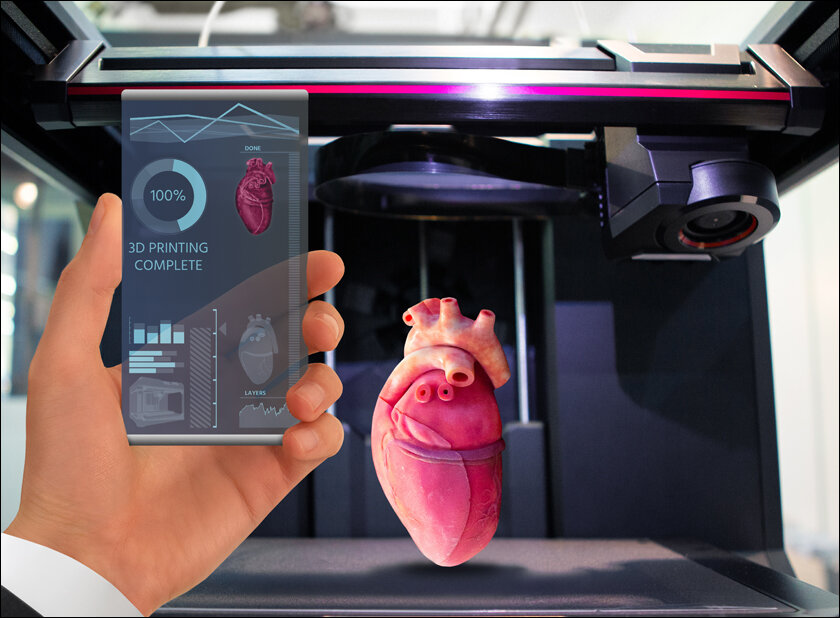
For the clinical benefit of patients, Amrita Hospital’s Pediatric Cardiac Unit makes use of Extended Reality (AR/VR) and 3D printing technology.
According to Dr. Krishnakumar, a different paediatric cardiologist at Amrita Hospital, “these cutting-edge 3D technologies enable doctors to create precise replicas of real or actual heart or any organ, facilitating in-depth study and preparation before actual surgery.”
Communication between the members of the team is also important. “Everyone on the team comprehends the nature of the issue. The patient is also able to grasp their predicament well, according to Dr. Kappanayil.
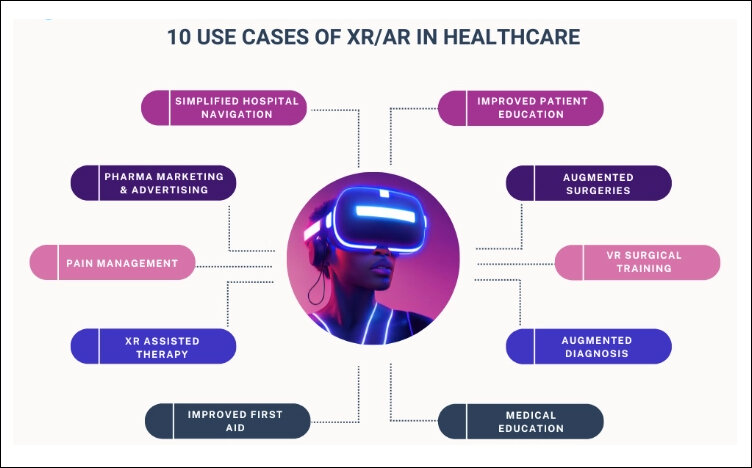
From the patient’s point of view, they feel more confident since they know their doctor clearly understands their issues and performs the procedure precisely.
“Therefore, shorter ICU stays result from shorter surgical times, less blood loss, and fewer problems. Additionally, this lowers the patient’s treatment costs,” Dr. Kappanayil stated.
HEALTHCARE’S EXTENDED REALITY DIFFICULTIES
However, XR can also provide a unique set of difficulties. “One of the most significant barriers is the need for better collaboration between doctors and technology developers. The expert recommended that they collaborate to improve the technology in order to address unique medical and healthcare issues and find solutions. It is also difficult to spread these technologies among medical experts since “many times professionals do not know how to change their techniques.”
Furthermore, early integration of these technologies into medical school curricula might enhance students’ comprehension of healthcare.
REMOTE CONNECTIVITY IS PROVIDED BY EXTENDED REALITY
Do they have a place in rural communities? The expert acknowledged that there is a chance that these applications may become a reality in rural regions. The usage of telemedicine apps for distant connectivity in healthcare can improve the availability of extended reality as technology continues to permeate rural areas.
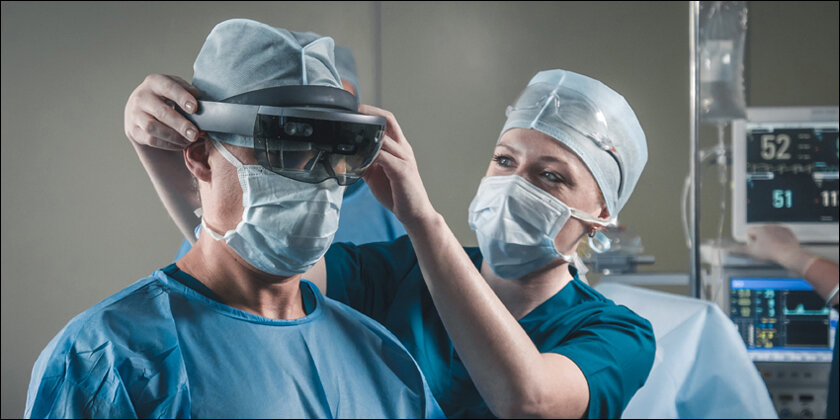
“Because of this technology, we may be able to provide remote access to doctors in high-end facilities. Extended telemedicine apps allow patients and doctors to communicate, “which would be immersive to truly feel that the doctor is right there,” according to Dr. Kappanayil.
Doctors can employ VR/AR for difficult operations where the operating team needs a thorough understanding of anatomy and structure. There are situations where a surgeon performing surgery in a distant location can receive remote assistance from a doctor who is located far away.




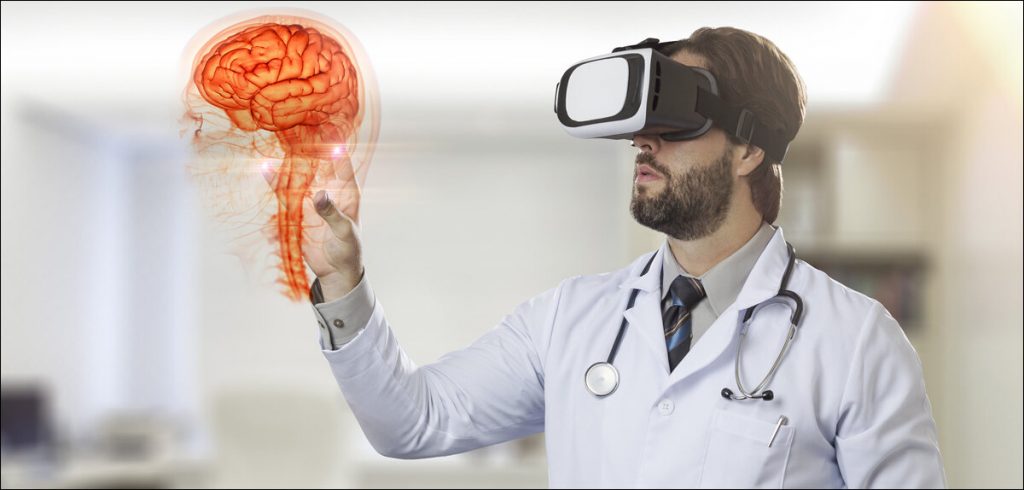

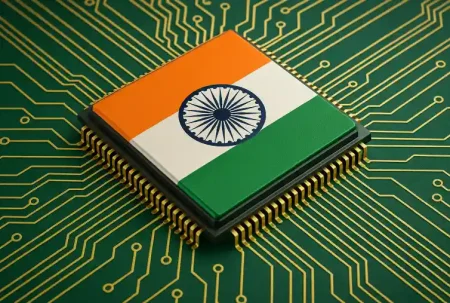
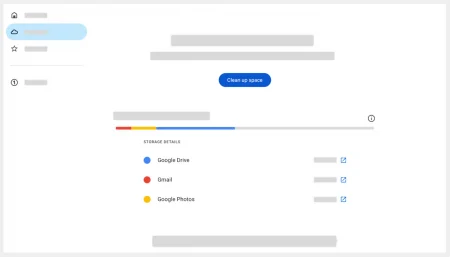

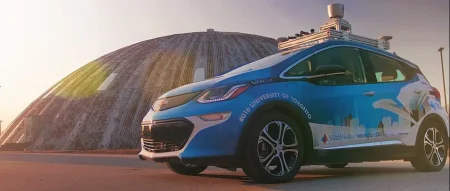

2 Comments
Fascinating read! Extended Reality’s potential in illness detection is groundbreaking. Exciting times ahead for healthcare innovation.
Extended Reality (XR) in illness detection is a game-changer for healthcare. Through immersive simulations and remote consultations, XR enhances diagnostic accuracy, efficiency, and collaboration among experts. Embracing XR propels us toward a future where early illness detection is a tangible reality.